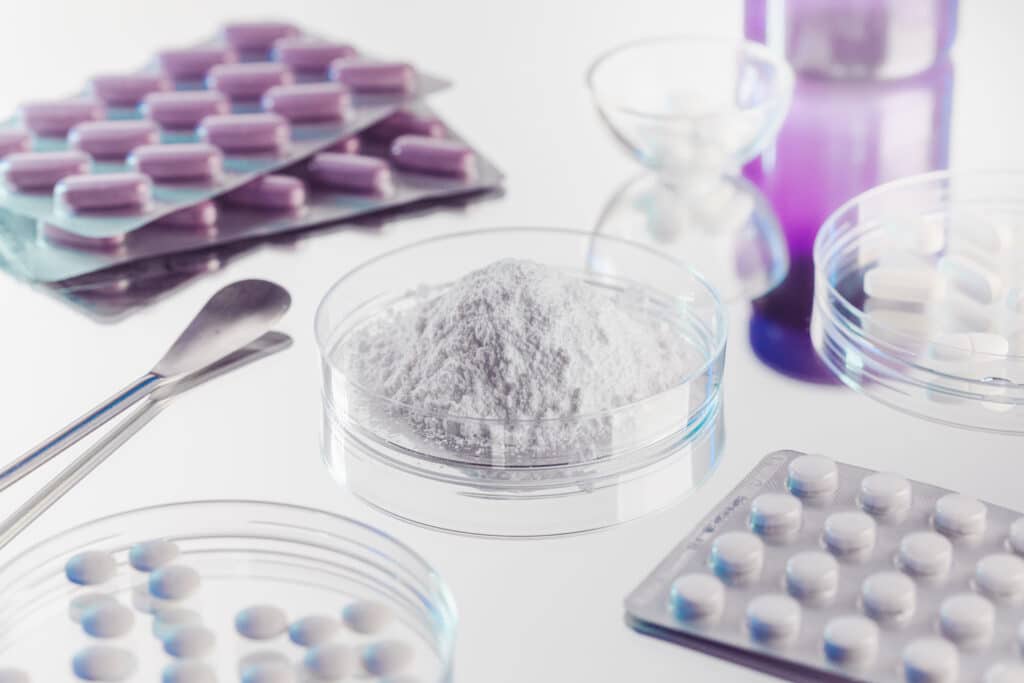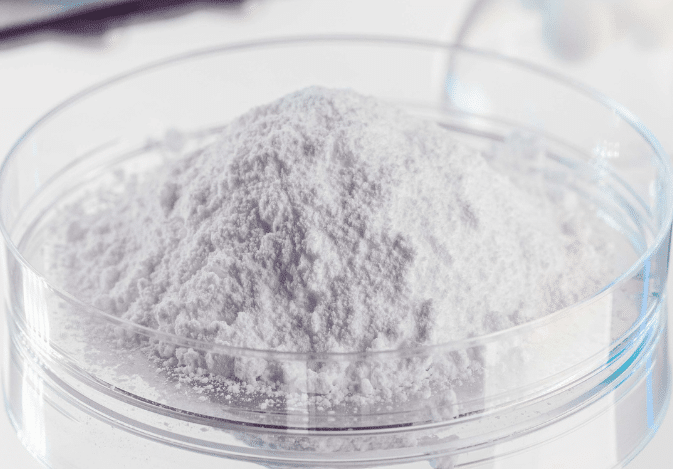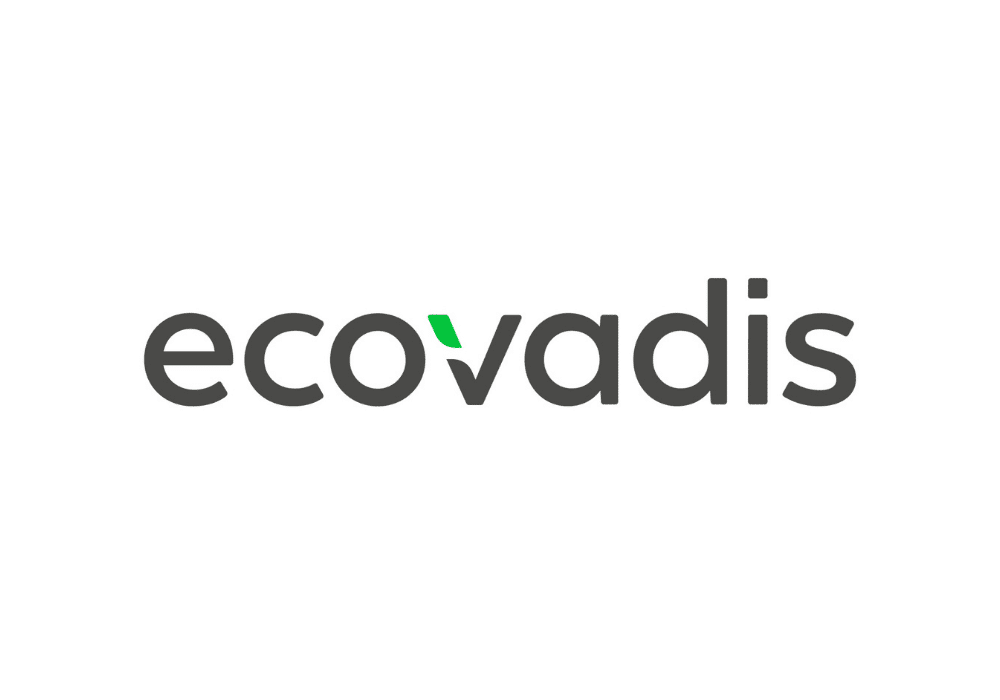Lactose is used as a diluent or a binder depending on the galenics in the pharmaceutical industry. It has been used as an excipient [AB1] for over 100 years particularly in Oral Solid Dose in which it is present in more than 60% of them.
Thus Lactose quality and consistency are key issues in the pharmaceutical industry. The significant role of lactose in pharmaceutics makes quality control even more important, as it is crucial for the industry to guarantee high standards. As a matter of fact, pharmaceutical use requires the highest lactose[1] quality. Existing regulations establish a framework for these controls, ensuring the best lactose quality.
A high-purity excipient: lactose quality as a crucial issue in the pharmaceutical industry
Regulation around excipients in the pharmaceutical industry: a key factor in ensuring lactose quality
The pharmaceutical industry has been one of the most heavily regulated industries for over 50 years.[2] This is because drug safety is of paramount importance.[3] It is indeed necessary to ensure there are no secondary effects associated with the excipient. It is also essential that there is no lack of efficacy of the active because of the excipient, such as poor delivery to the body or changes in intrinsic properties. The patient must also receive the prescribed quantity of active ingredient. All these criteria are guaranteed by quality controls throughout the process. These controls aim to define the quality of the excipient.
The checks implemented are governed by guidelines.2
- On a global scale, the WHO (World Health Organization) provides guidelines with regard to different aspects of the pharmaceutical industry e.g., production, packaging, repackaging, labeling, quality control, release, storage, distribution etc.
- In Europe, guidelines have also been established. The GMP (Good Manufacturing Practices) are detailed in ‘‘The Rules Governing Medicinal Products in the European Union’’, volume 4 of the EudraLex, which compiles the various rules and regulations concerning medicine in the EU. The GMP guidelines are set by the EMA (European Medicines Agency) and the European Commission and ensure consistent and safe production of medicines.
The EDQM (European Directorate for the Quality of Medicines and HealthCare) plays a role in certifying that these standards are met, through the issue of CEP (Certificate of Suitability) and GMP inspections.
- In France, the ANSM (Agence Nationale de Sécurité du Médicament et des produits de santé) ensures the safety, accessibility and good use of medicines, as does the EDQM for Europe.
Producer groups such as the IPEC (International Pharmaceutical Excipients Council) help to share best practice and promote high quality standards for medicines in the industry, especially for excipients producers. To meet quality standards, tests must be carried out on excipients and certificates must be delivered.[4]

The expectations of manufacturers and regulating authorities regarding lactose quality and use in pharmaceutics: numerous but interconnected
The safety of excipients is imperative for both the manufacturer of the finished pharmaceutical product as well as for the authorities, as patients rely on them. The European guidelines are a support to legislation in Europe. Furthermore, many organizations, either in the public sector or grouping producers, are involved in decisions regarding the quality of excipients. Structures such as the EMA, IPEC, ANSM (in France), the European Commission, CHMP (Committee for Medicinal Products for Human Use), and HMA (Heads of Medicines Agencies), work together to improve and ensure good regulations on excipients.
Moreover, excipients such as lactose must meet certain key criteria formulated by diverse organizations.
Firstly, excipients must comply with the European Pharmacopoeia, ensuring, for instance, the highest lactose quality and guaranteeing its purity.
Secondly, in France, excipients must conform to the MPUP (Matières Premières à Usage Pharmaceutique, meaning Raw Materials for Pharmaceutical Use) regulations.
Since March 2015, the risk for each excipient and manufacturer-supplier has to be analyzed, according to the GMP.[5],[6]
Some organizations, such as EXCiPACT use the recommendation issued by professional federations such as the IPEC to publish standardized guides.
Finally, there are also European Union directives,[7] such as requirements with regard to excipients labeling, based on proposals made by the EMA (European Medicines Agency).
Although these criteria may seem numerous and complex, they are interconnected, guaranteeing adherence to guidelines and consistent quality throughout the pharmaceutical industry.
Lactose: Rigorously checked to ensure its high quality in the pharmaceutical industry
As lactose is an excipient, it is essential to guarantee its safety, as well as that of the active ingredient. A low-quality excipient will indeed be hazardous. It can expose the patient to undesirable adverse effects, for example resulting from the presence of a toxic substance. It may also render the medicine less effective.4 This might be due to the generation of impurities causing the modification of ADME (Absorption, Distribution, Metabolism and Excretion). Those interactions can adversely affect the stability, safety and performance of the active ingredient.4
In addition to safety, a quality excipient must therefore meet several criteria.3 The excipient must be stable in terms of properties. It must also remain stable alongside the other components of the drug.
To be considered of pharmaceutical quality, lactose must meet precise criteria. These criteria are defined in pharmacopoeias. They consist of purity, non-contamination and precise physical characteristics. Indeed, lactose quality requires a purity of between 98 and 102w/w%.[8] The impurities found might be derived from sugars, protein residues or ionic substances. It must also be microbiologically uncontaminated, complying with the absence of bacteria, fungi or nitrosamines. Finally, physical properties such as absorbance or particle size distribution are checked.
That is why quality control is a key component of the excipient production process, ensuring that all these defined criteria are met.
Lactose: not only quality but also consistency
Besides the quality of the excipient, the notion of consistency is also a key point when dealing with excipients. In fact, maintaining consistent quality is equally critical. Lack of consistency can lead to batch rejection, product recalls or issues of non-compliance with the regulation. For example, an irregularity could violate the GMP, leading to sanctions. To ensure consistency, the excipients are rigorously evaluated through audit, strict controls, process control and stability testing.

Well-defined lactose quality checks that may evolve in the pharmaceutical industry
To demonstrate that lactose quality and composition, or the quality and composition of any other excipient, is consistent and of the highest quality, validation tests are carried out in laboratories, to analyze biological, physical and chemical characteristics.
Any change in the process, product quality, operation or other areas must be subjected to a risk study. This guarantees the best possible reliability and zero risk both in terms of the drug itself and the patient’s health.
Changes to guidelines or regulations can be based on new scientific research, industry feedback, identified safety issues, or to align with updated regulations in other parts of the world. Studies and new regulations were issued on nitrosamine contamination[9] in 2018, following the detection of NDEA and NDMA in medicines, both part of the nitrosamine family. Endotoxins are also a major concern in the industry[10] and could lead to new regulations in future years.[11]
To sum up, quality controls are crucial in the pharmaceutical industry. That is why lactose quality is reviewed with a fine-toothed comb. It ensures both the manufacturer-supplier’s operations and patient quality and safety.
[1] Lactalis ingredients, Lactose et pureté : de quoi parle-t-on ?, 2020, https://www.lactalisingredients.com/fr/news/blog/lactose-et-purete-de-quoi-parle-t-on/
[2] R. M. Haleem et al, Quality in the Pharmaceutical Industry – A Literature Review, 2013
[3] M. Paques et C. Lindner, Lactose: Evolutionary Role, Health Effects and Applications, 2019
[4] S. Haigney, In Equal Measures: The Importance of Excipient Quality, 2023 https://www.pharmtech.com/view/in-equal-measures-the-importance-of-excipient-quality
[5] Journal officiel de l’Union Européenne, Lignes directrices du 19 mars 2015 relatives à l’évaluation formalisée du risque visant à déterminer les bonnes pratiques de fabrication appropriées pour les excipients utilisés dans les médicaments à usage humain, 2015 https://eur-lex.europa.eu/legal-content/FR/TXT/PDF/?uri=CELEX:52015XC0321(02)
[6] ANSM, Inspection des fabricants d’excipients au regard des dispositions de l’article L.5138-3 du Code de la Santé Publique, 2015, https://ansm.sante.fr/uploads/2022/06/22/20220622-bonnes-pratiques-mpup-doctrine-inspections-fabricants-excipients.pdf
[7] EMA, Excipients Labelling Guidelines, https://www.ema.europa.eu/en/human-regulatory-overview/marketing-authorisation/product-information-requirements/excipients-labelling
[8] IPEC Federation, Pharmaceutical Lactose used in oral preparations is a low-risk excipient, 2021
[9] EMA, Nitrosamine impurities, https://www.ema.europa.eu/en/human-regulatory-overview/post-authorisation/pharmacovigilance-post-authorisation/referral-procedures-human-medicines/nitrosamine-impurities
[10] EMA, ICH guideline Q4B Annex 14 to Note for Evaluation and Recommendation of Pharmacopeial Texts for Use in the ICH Regions on Bacterial Endotoxins Tests – General Chapter, 2010, https://www.ema.europa.eu/en/documents/scientific-guideline/draft-ich-guideline-q4b-annex-14-note-evaluation-and-recommendation-pharmacopoeial-texts-use-ich-regions-bacterial-endotoxins-tests-general-chapter-step-3_en.pdf
[11] M. Schneier, Current technologies to endotoxin detection and removal for biopharmaceutical purification, 2020, https://pubmed.ncbi.nlm.nih.gov/32333387/
[AB1][lien interne The benefits of lactose as an excipient – Lactalis Ingredients Pharma]






